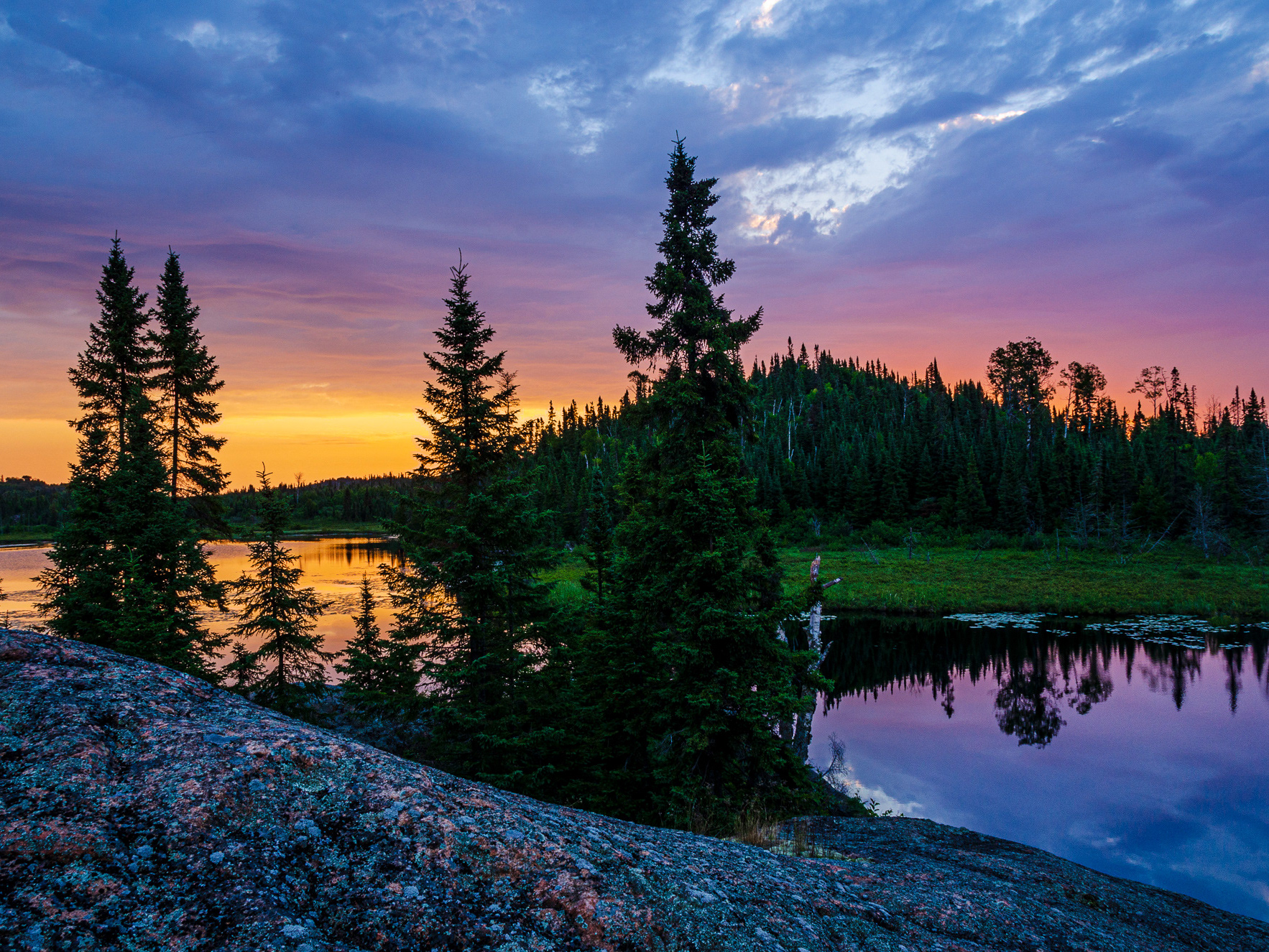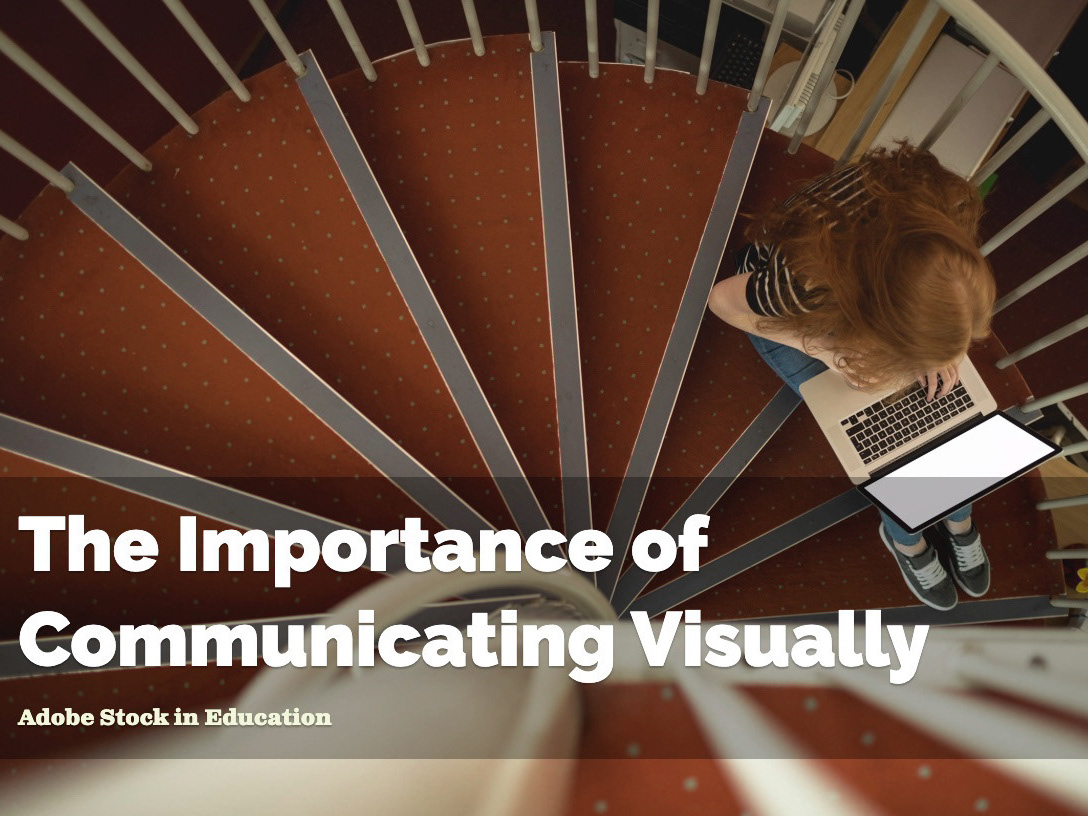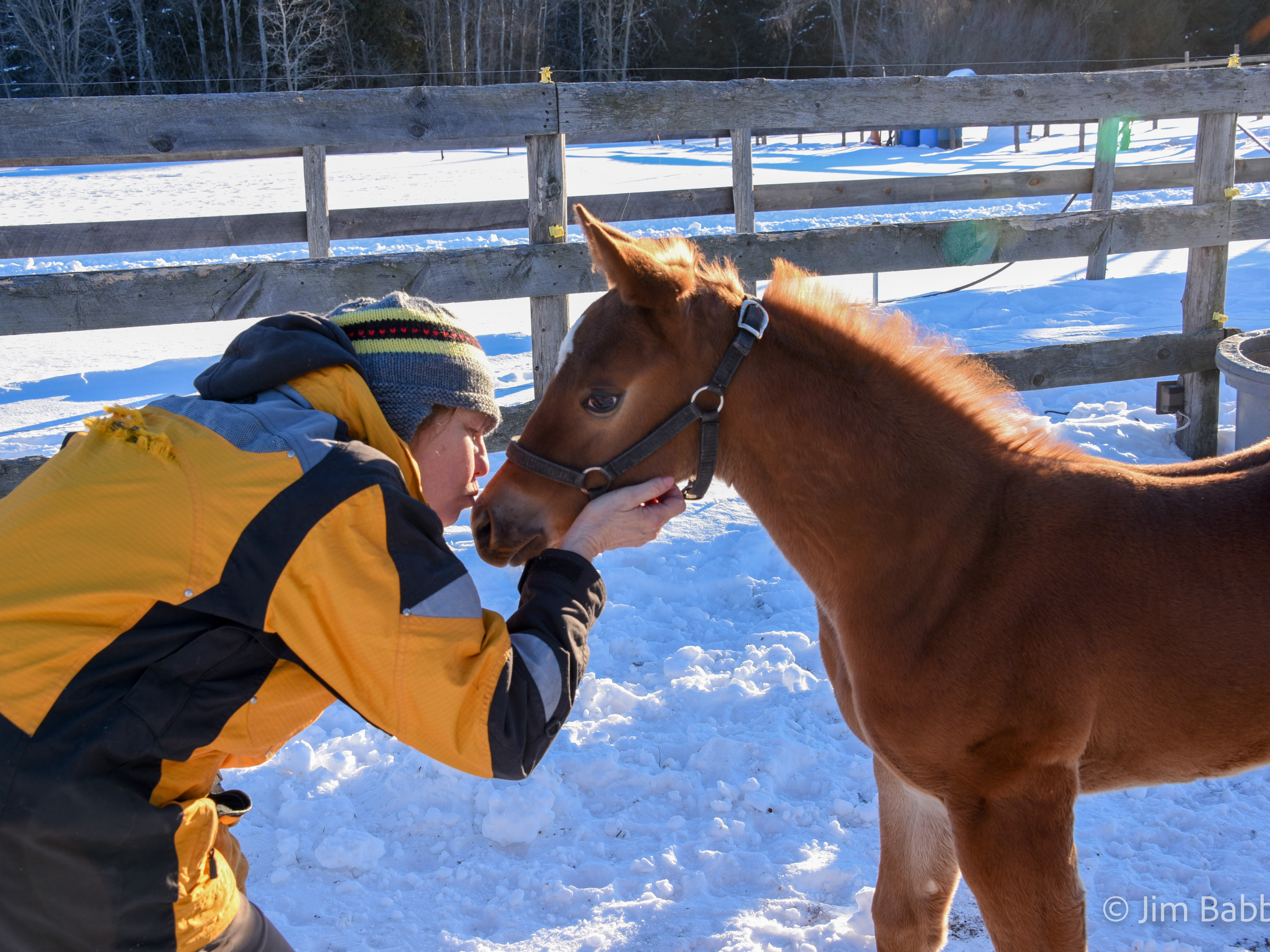From the Mind's Eye
The craft of photography occurs - in my opinion - more internally than externally. Yes, as photographers we need that scene in front of us, whether naturally occurring (like most of my current work) or created from scratch in a studio, or a combination of what's in front of you and contrived work. This is something I'm sure we all know as photographers, but often not as well understood by those "not in the know", be they friends, relatives, clients . . .
We take care to compose, expose, wait for the right moment, but the work is not over after the shutter has clicked. Before digital, photographers continued with their vision in their own darkrooms, or by having strong relationships with professional labs - or both. Now that many photographers have moved to digital, we continue our vision more often in the "digital lab", using tools like Lightroom, Photoshop, and other great tools to bring our ideas, emotions, perspectives - our stories to culmination.
This small sampling from the weekend helps to illustrate my thought process/workflow. I've included before/afters of most images to further emphasize the evolution of an image from capture, to my mind's eye, to final output.
This image is a good example of both technical considerations as well as the "vision". There was an emotional impact I felt when I saw this scene in front of me and I wanted to share that feeling. I knew it wouldn't be there with just a silhouette. I also knew that to get the detail I wanted in the foreground of this high-contrast scene, I would need to create an HDR blend for the final result to meet my goals. Above is the final image, below is one of the original frames. I could have pulled some detail out of that single exposure, but the shadow areas would have been much noisier.
The above image caught my eye because of the composition. It had all the right elements in it and stirred me emotionally (as corny as that may sound). It's simply one of those scenes - albeit a bit stereotypical - that resonates with me and symbolizes cottage life, and the harmony man can have with nature.
That said, the original capture (below) only had the compositional elements in play. The ethereal, dreamlike quality came from my mind's eye and with the help of new tools in Lightroom (specifically, the recently featured Dehaze effect for Lightroom CC), I was able to establish that emotional connection to the image, sharing my story and my involvement in what I saw. It's also the VERY first time I've found a used for a light vignette.
The reflection in the pond is what really caught my eye on this, but I knew the image would need more, compositionally, in order to work. Thankfully, as I was shooting from the golf course to capture this image, there were some man-made landscaping elements which helped strengthen the overall photo. The curving lines of the gravel, echoed by the manicured shapes and textures of the green and surrounding grass, tie in visually with the far curve of the pond, actually creatiing a pretty strong "S" curve to the composition. This successfully moves your eye from the foreground into the background.
But even making use of those strong compositional elements, the original image (below) really did lack any true visual "oomph". Without further processing in Lightroom, using the image I had previsualized in my mind for reference and guidance, the final photo likely wouldn't be one that you would look at twice.
The last image below, shot with my DSLR, was really more of a "record-taking" image of the cottages near ours. I wanted to give it a more "toy camera" look and feel and focus on the one row of cottages, while de-emphasizing everything else. By using a combination of a toy-camera preset, and several Linear Gradient filters, I got what I wanted. In the case of the Linear gradients, their only use was to reduce clarity and sharpness, to give that "tilt/shift" look to the image. In all cases, I stacked duplicates of each filter on top of one another to build on the retro effect.
One final point regarding these shots - and pretty much every image I shoot with a DSLR these days; everything is captured in the RAW format, giving me a very flexible digital negative to work from. If you are new to digital photography (or even if you're not new) and haven't experimented with shooting in RAW, I encourage you to do so. Yes, there will be additional time spent processing your images, but as you can see here - hopefully - the RAW format opens up so much flexibility in enabling me to tell my story and share my vision the way I saw it, rather than being locked into what the camera simply captured.
Thank you to fellow photographer and Behance friend, David Martin, for reminding me about such a critical point. I shoot in RAW 100% of the time these days, and often forget to mention its importance to my workflow and thought process.










